Water, Free Full-Text
Por um escritor misterioso
Last updated 26 julho 2024
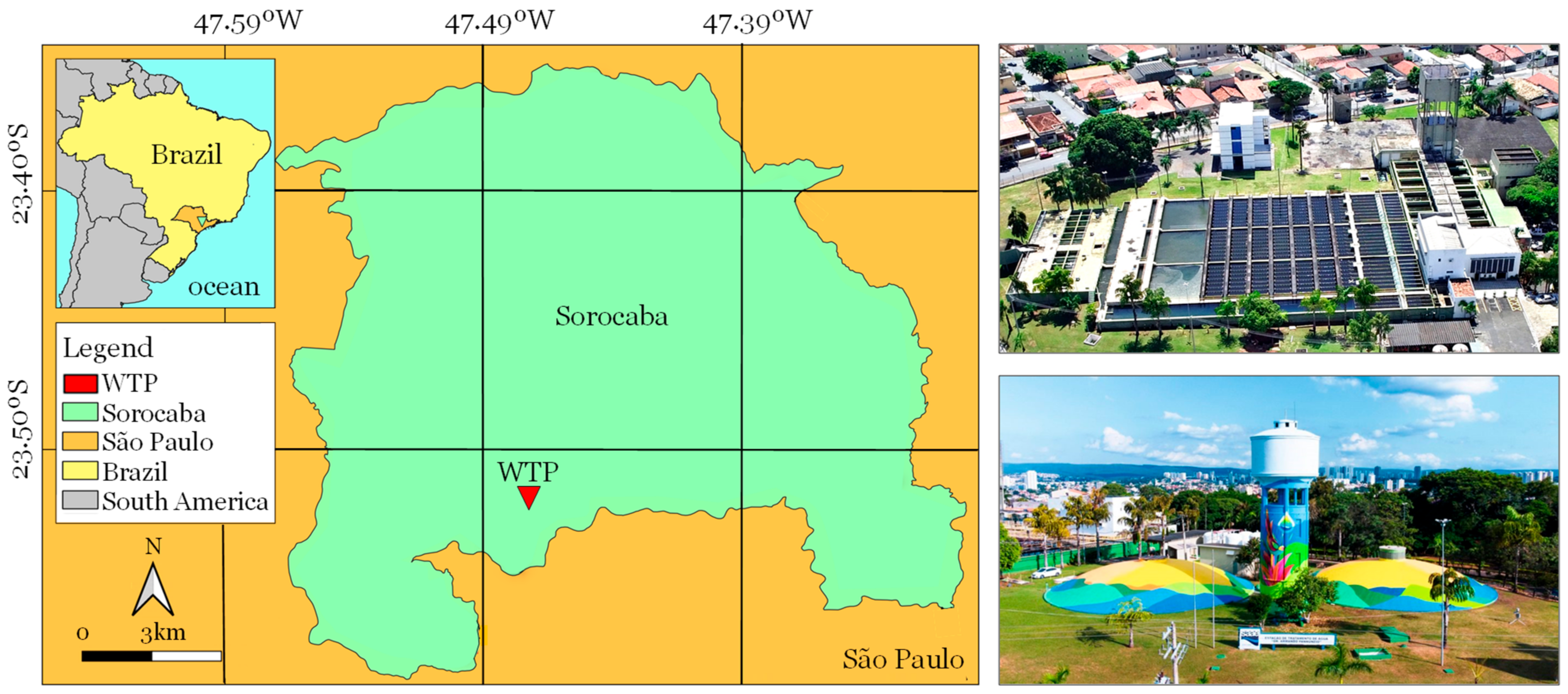
Coagulation is the most sensitive step in drinking water treatment. Underdosing may not yield the required water quality, whereas overdosing may result in higher costs and excess sludge. Traditionally, the coagulant dosage is set based on bath experiments performed manually, known as jar tests. Therefore, this test does not allow real-time dosing control, and its accuracy is subject to operator experience. Alternatively, solutions based on machine learning (ML) have been evaluated as computer-aided alternatives. Despite these advances, there is open debate on the most suitable ML method applied to the coagulation process, capable of the most highly accurate prediction. This study addresses this gap, where a comparative analysis between ML methods was performed. As a research hypothesis, a data-driven (D2) fuzzy inference system (FIS) should provide the best performance due to its ability to deal with uncertainties inherent to complex processes. Although ML methods have been widely investigated, only a few studies report hybrid neuro-fuzzy systems applied to coagulation. Thus, to the best of our knowledge, this is the first study thus far to address the accuracy of this non-hybrid data-driven FIS (D2FIS) for such an application. The D2FIS provided the smallest error (0.69 mg/L), overcoming the adaptive neuro-fuzzy inference system (1.09), cascade-correlation network (1.18), gene expression programming (1.15), polynomial neural network (1.20), probabilistic network (1.17), random forest (1.26), radial basis function network (1.28), stochastic gradient tree boost (1.25), and support vector machine (1.17). This finding points to the D2FIS as a promising alternative tool for accurate real-time coagulant dosage in drinking water treatment. In conclusion, the D2FIS can help WTPs to reduce operating costs, prevent errors associated with manual processes and operator experience, and standardize the efficacy with real-time and highly accurate predictions, and enhance safety for the water industry. Moreover, the evidence from this study can assist in filling the gap with the most suitable ML method and identifying a promising alternative for computer-aided coagulant dosing. For further advances, future studies should address the potential of the D2FIS for the control and optimization of other unit operations in drinking water treatment.

Simple Note Schedule blue water tracker Template - Venngage

Impact of polar groups concentration and free volume on water

WaterWipes Plastic-Free Original-baby Wipes, 99.9
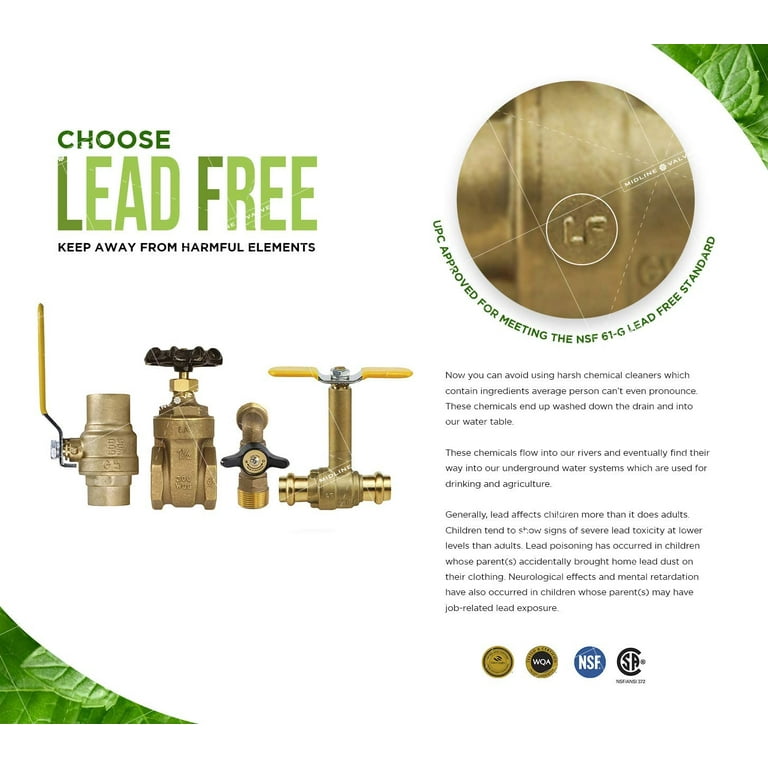
Midline Valve Tankless Water Heater Kit- Set of 2 Heavy Duty Hot

America's Premier Quality Water Test - WaterLogix Basic

The Water Cycle - Free Worksheet - SKOOLGO

SOL by Jergens Full Body Self Tanner Towelettes
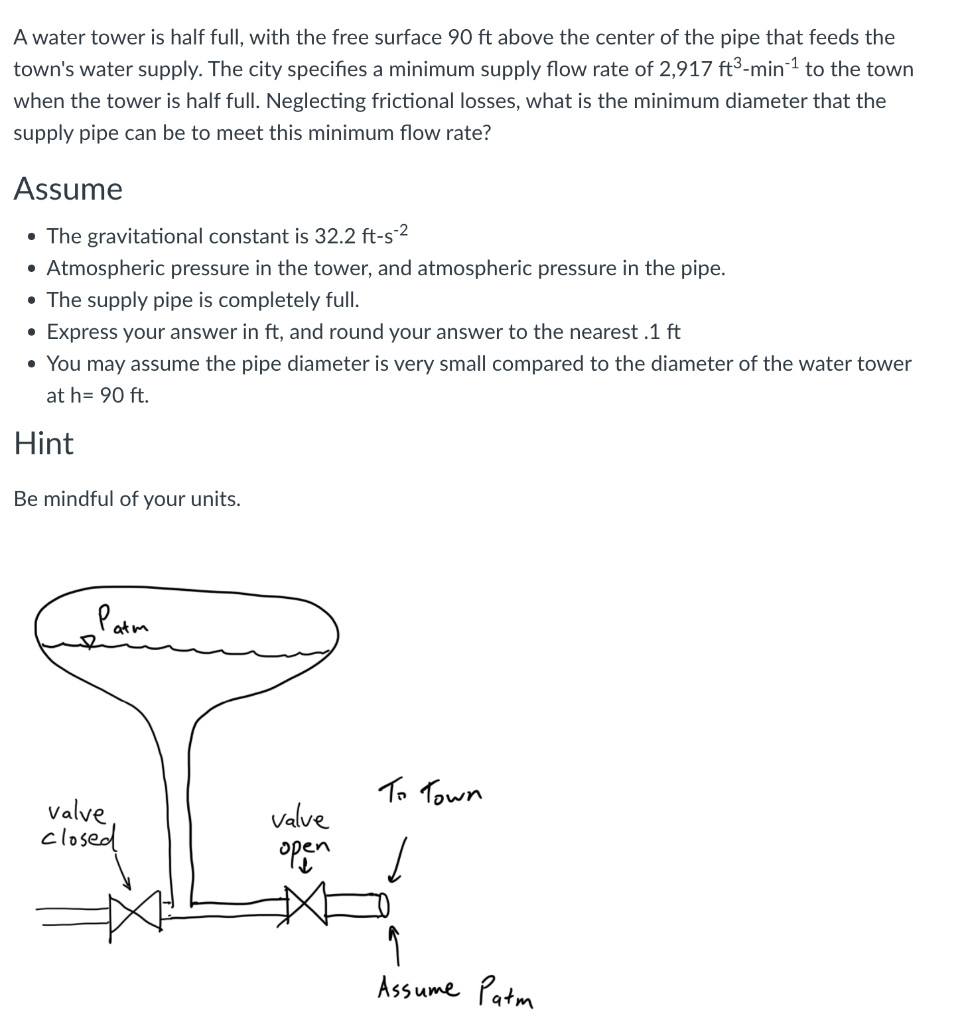
Solved A water tower is half full, with the free surface 90

The Full Oasis Water Center

Download This Free World Water Day Infographic - GFA World
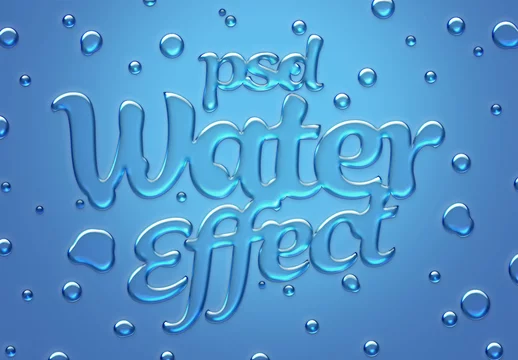
Realistic Water Text Effect Mockup Stock Template
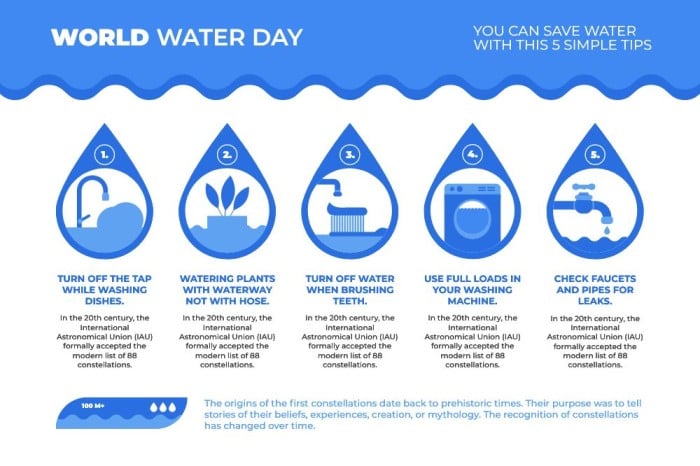
Free World Water Day Saving Tips Infographic template
Maps of the median water total THM (A), BrTHM (B), and free
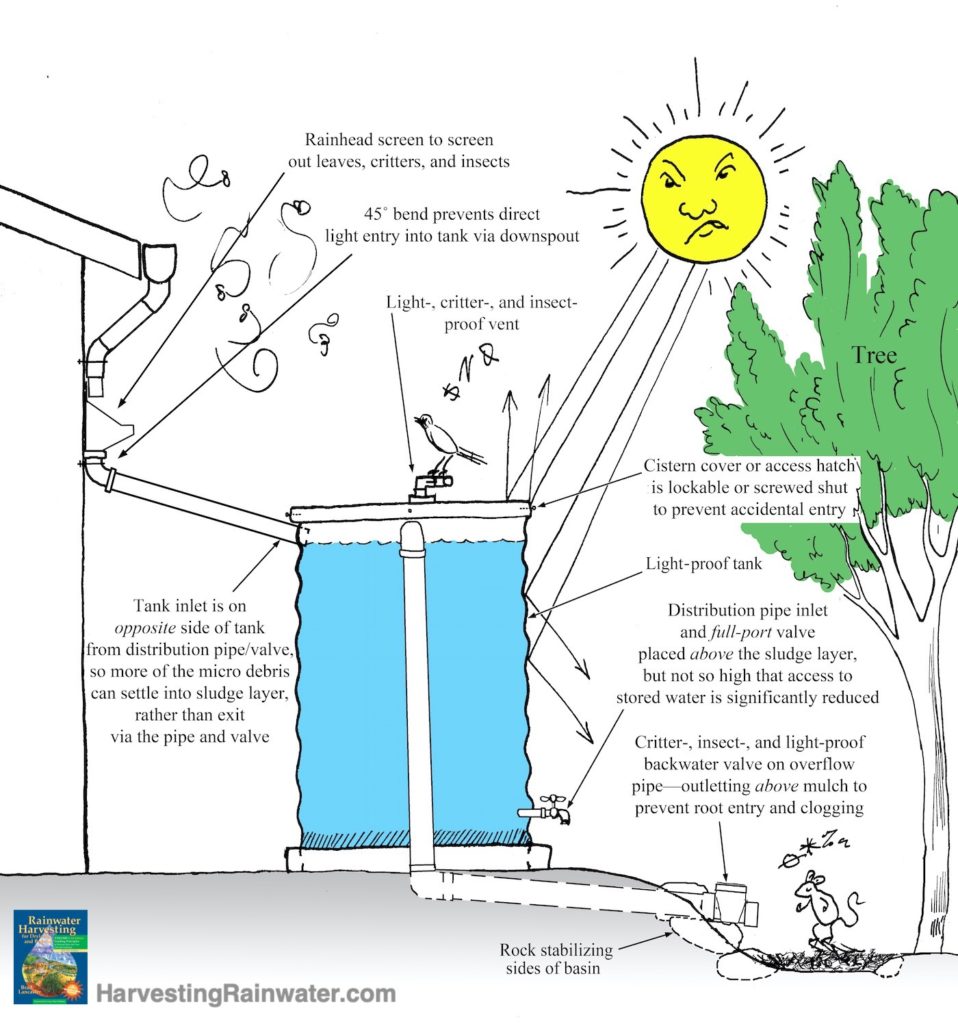
Active Water Harvesting - Rainwater Harvesting for Drylands and
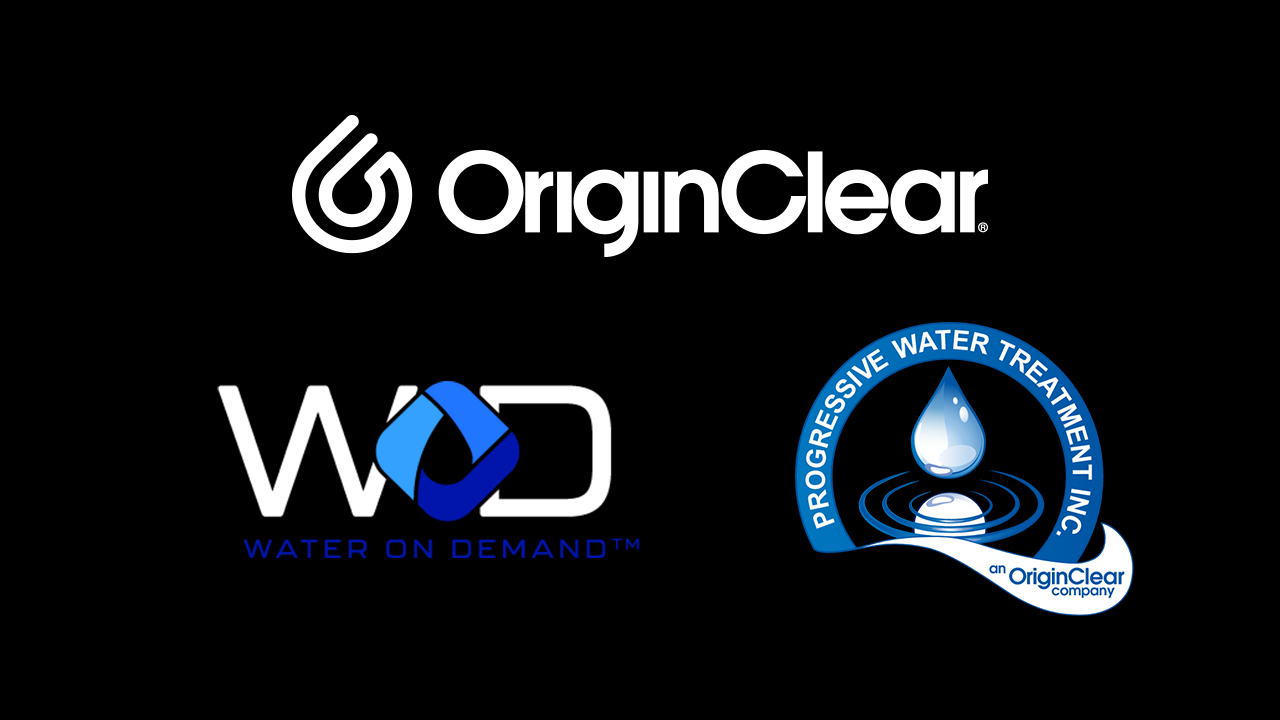
OriginClear Merges Its Water On Demand and Progressive Water
Recomendado para você
-
 Perfil - Fast Games - Sorocaba, SP26 julho 2024
Perfil - Fast Games - Sorocaba, SP26 julho 2024 -
 Perfil - Fast Games Izaias - Sorocaba, SP26 julho 2024
Perfil - Fast Games Izaias - Sorocaba, SP26 julho 2024 -
 UZ Games em Sorocaba, Ofertas e Promoções semanais26 julho 2024
UZ Games em Sorocaba, Ofertas e Promoções semanais26 julho 2024 -
Venda e Troca de GAMES e PC de Sorocaba e Região26 julho 2024
-
 ALMA ROCK FESTIVAL- c/ banda BLACK PANTERA + 4 covers em Sorocaba - Sympla26 julho 2024
ALMA ROCK FESTIVAL- c/ banda BLACK PANTERA + 4 covers em Sorocaba - Sympla26 julho 2024 -
 Dia das Bruxas no Shopping Cidade Sorocaba - Jornal Z Norte26 julho 2024
Dia das Bruxas no Shopping Cidade Sorocaba - Jornal Z Norte26 julho 2024 -
 Shopping Cidade Sorocaba e Patroni promovem - Q Notícia26 julho 2024
Shopping Cidade Sorocaba e Patroni promovem - Q Notícia26 julho 2024 -
 Apartamentos de 59 m2 à venda em Sorocaba, SP - ZAP Imóveis26 julho 2024
Apartamentos de 59 m2 à venda em Sorocaba, SP - ZAP Imóveis26 julho 2024 -
Responder a @michaellouis95 como baixar a ISO do Windows 11 #isowindo26 julho 2024
-
/i.s3.glbimg.com/v1/AUTH_b58693ed41d04a39826739159bf600a0/internal_photos/bs/2023/1/k/YE8sr3RbaFZnJYbsRnAA/sem-titulo-1-14.webp) Festival Universitário de Propaganda tem inscrições abertas no Vale, TV Vanguarda26 julho 2024
Festival Universitário de Propaganda tem inscrições abertas no Vale, TV Vanguarda26 julho 2024
você pode gostar
-
 PlayStation Plus: everything you need to know about Sony's26 julho 2024
PlayStation Plus: everything you need to know about Sony's26 julho 2024 -
Big Floppa Cube's Code & Price - RblxTrade26 julho 2024
-
 Tekken 8 - Trailer gameplay de revelação26 julho 2024
Tekken 8 - Trailer gameplay de revelação26 julho 2024 -
 Pin by Bro JX on Roblox26 julho 2024
Pin by Bro JX on Roblox26 julho 2024 -
 Claw (video game) - Wikipedia26 julho 2024
Claw (video game) - Wikipedia26 julho 2024 -
 Papa Luigi in Benalmadena –26 julho 2024
Papa Luigi in Benalmadena –26 julho 2024 -
 Pure Crosswords - the best Crossword Puzzle Word Game ever26 julho 2024
Pure Crosswords - the best Crossword Puzzle Word Game ever26 julho 2024 -
 Did you guys notice Nami(Chapter 1058) : r/OnePiece26 julho 2024
Did you guys notice Nami(Chapter 1058) : r/OnePiece26 julho 2024 -
 World's End Harem Fantasia Manga Volume 326 julho 2024
World's End Harem Fantasia Manga Volume 326 julho 2024 -
 PlayStation 5 free games available to claim now without PS Plus26 julho 2024
PlayStation 5 free games available to claim now without PS Plus26 julho 2024

